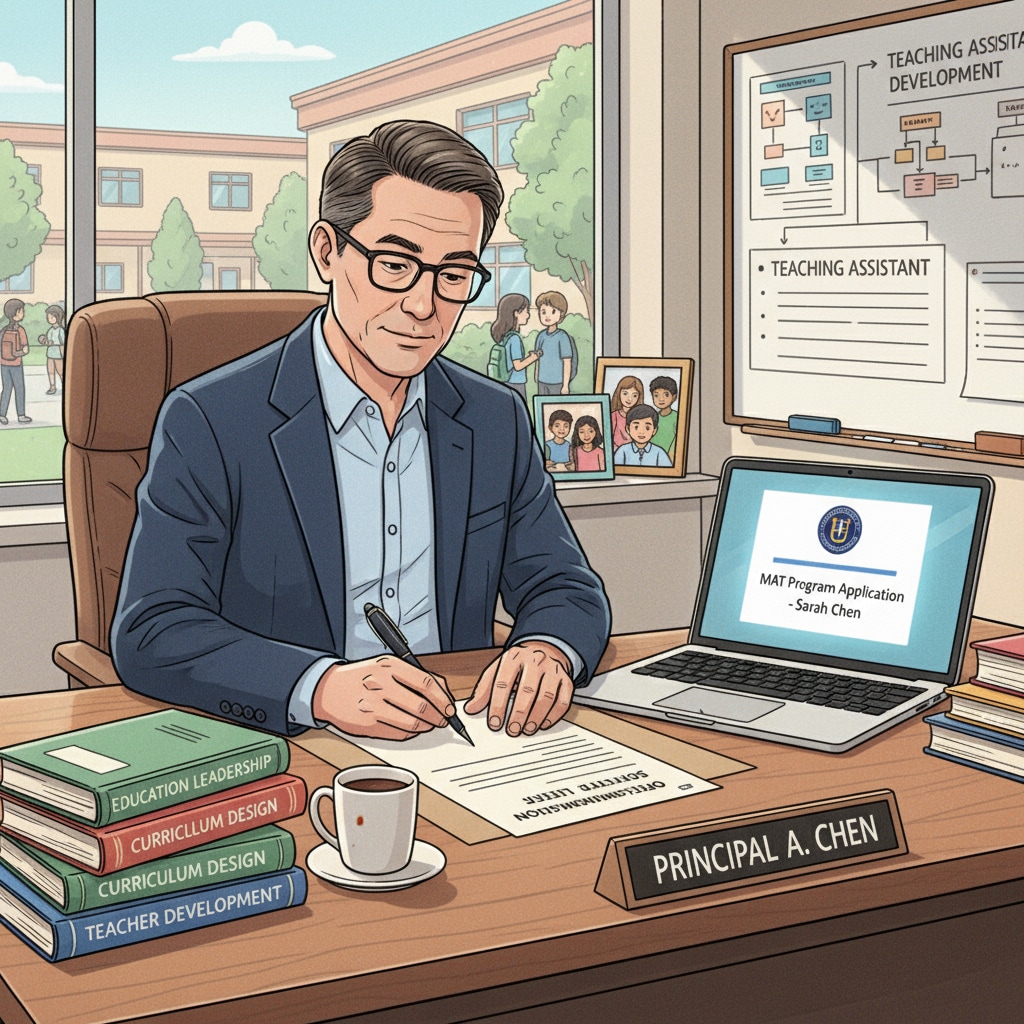Recommendation letters play a crucial role for teaching assistants aiming to enter MAT (Master of Arts in Teaching) programs. These letters can significantly influence the admissions committee’s decision. In the context of K12 education, finding the right person to write a recommendation can be the key to success in the MAT program application process.

The Significance of Recommendation Letters for Teaching Assistants in MAT Applications
For teaching assistants, a strong recommendation letter is like a golden ticket to MAT programs. It provides an external validation of their skills, dedication, and potential in the field of education. Admissions officers rely on these letters to understand the applicant beyond the transcripts and personal statements. For example, a well – written letter can highlight a teaching assistant’s ability to engage with students, manage a classroom, and contribute to the educational environment. This gives the committee a more comprehensive view of the candidate’s suitability for the MAT program.
Characteristics of an Ideal Recommender
An ideal recommender for a teaching assistant applying to a MAT program should have several key characteristics. Firstly, they should have direct knowledge of the applicant’s work. This could be a supervisor in a K12 school, such as a principal or a lead teacher. These individuals have witnessed the teaching assistant’s day – to – day performance, including their interaction with students, colleagues, and the implementation of teaching strategies. Secondly, the recommender should be able to articulate the applicant’s strengths clearly. They need to be able to provide specific examples of how the teaching assistant has made a positive impact. For instance, a story about how the teaching assistant helped a struggling student improve their grades or inspired a class to be more engaged in learning.

- Direct Observation: The recommender should have closely observed the teaching assistant’s work.
- Good Communication Skills: They need to be able to communicate the teaching assistant’s qualities effectively.
- Reputation: A recommender with a good reputation in the education field can add credibility to the letter.
Building Professional Relationships for Strong Recommendations
Building a good relationship with a potential recommender is essential. Teaching assistants should start early, perhaps as soon as they begin their role. Regular communication is key. They can schedule meetings to discuss their work progress, ask for feedback, and share their long – term career goals, including their interest in the MAT program. By showing initiative and enthusiasm, teaching assistants can make a positive impression. Additionally, going above and beyond in their duties, such as taking on extra projects or volunteering for special tasks, can also strengthen the relationship. This way, when it comes time to ask for a recommendation letter, the recommender will have a wealth of positive experiences to draw from.
In conclusion, teaching assistants applying to MAT programs should carefully consider their choice of recommenders and invest time in building strong professional relationships. A well – chosen recommender who can write a compelling letter can greatly enhance the chances of success in the MAT program application. By following these strategies, teaching assistants can take an important step towards their goal of becoming professional teachers. How to Get a Strong Recommendation Letter for Teacher Certification on Teach.org Teacher Preparation Grants on NEA.org
Readability guidance: The content uses short paragraphs and lists to summarize key points. Each H2 section has a list for better organization. The proportion of passive voice and long sentences is controlled, and transition words like ‘for example’, ‘firstly’,’secondly’ are used throughout the text.


